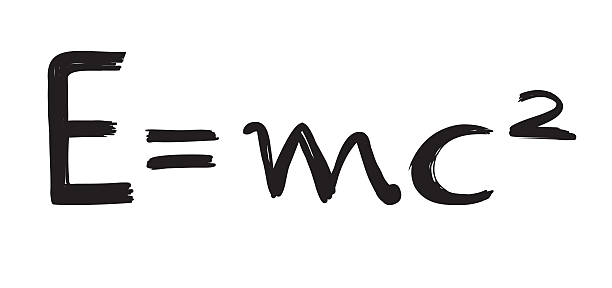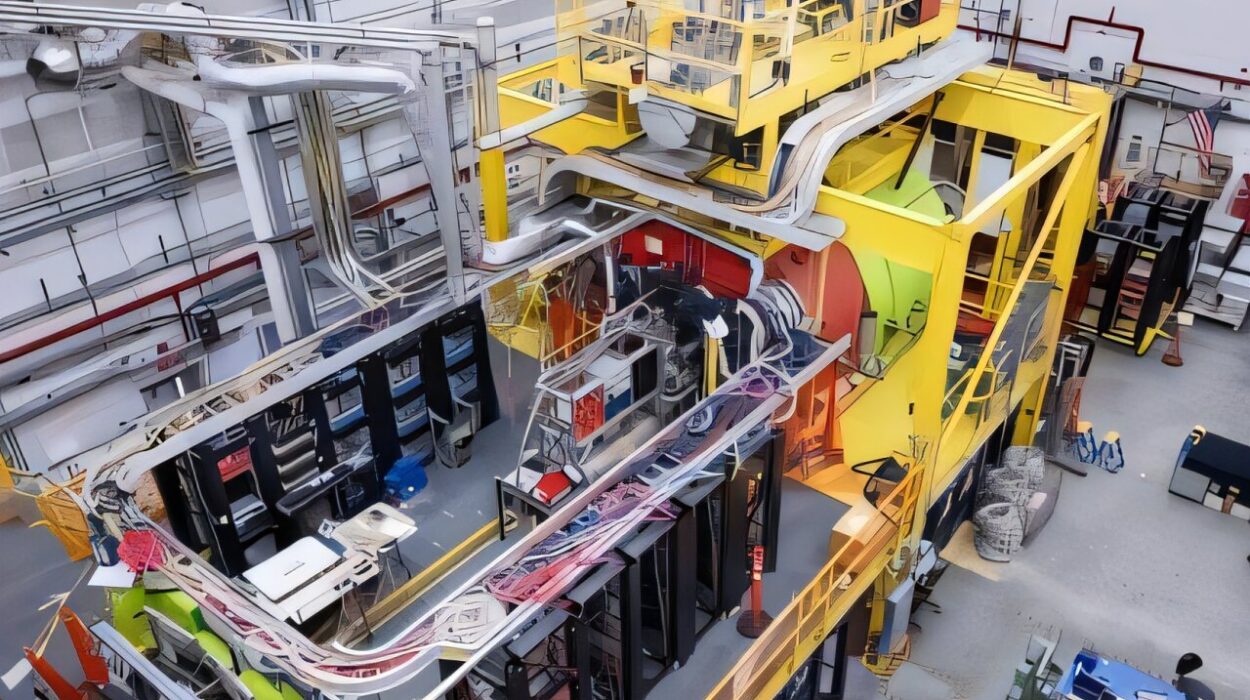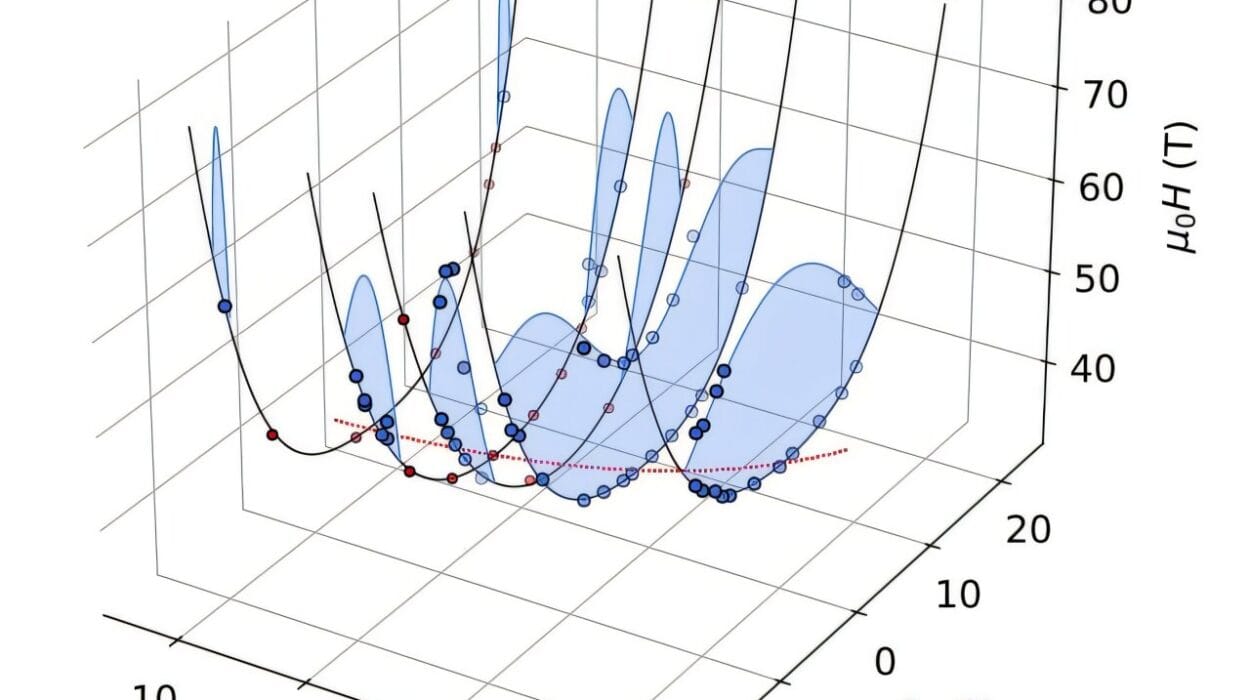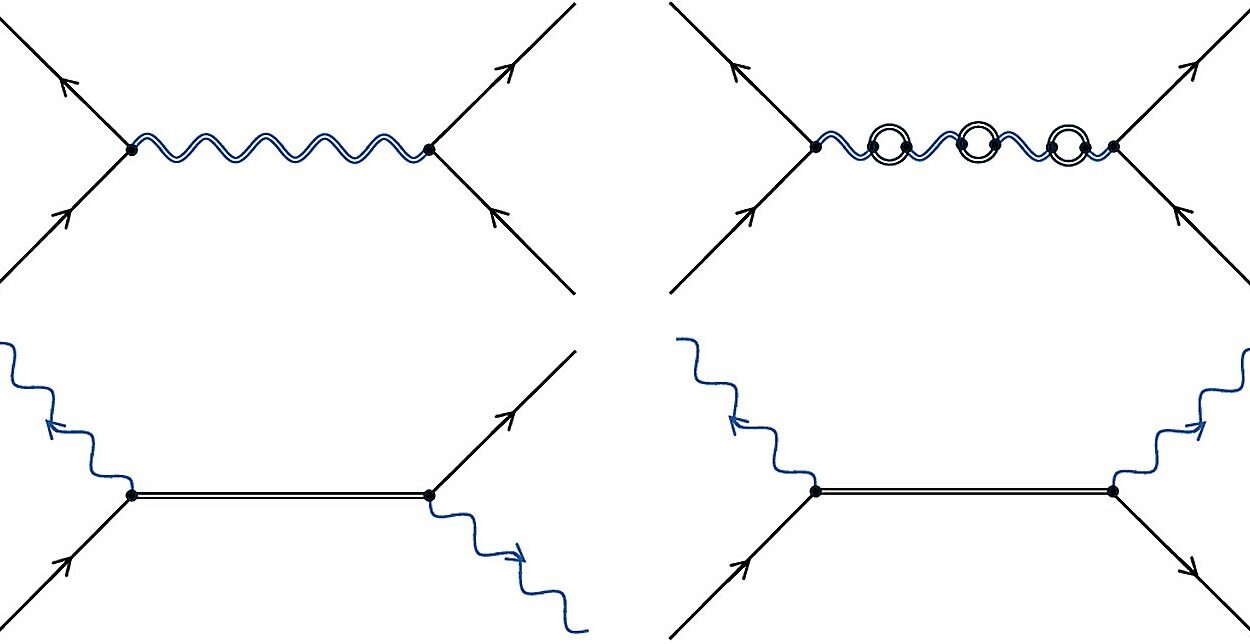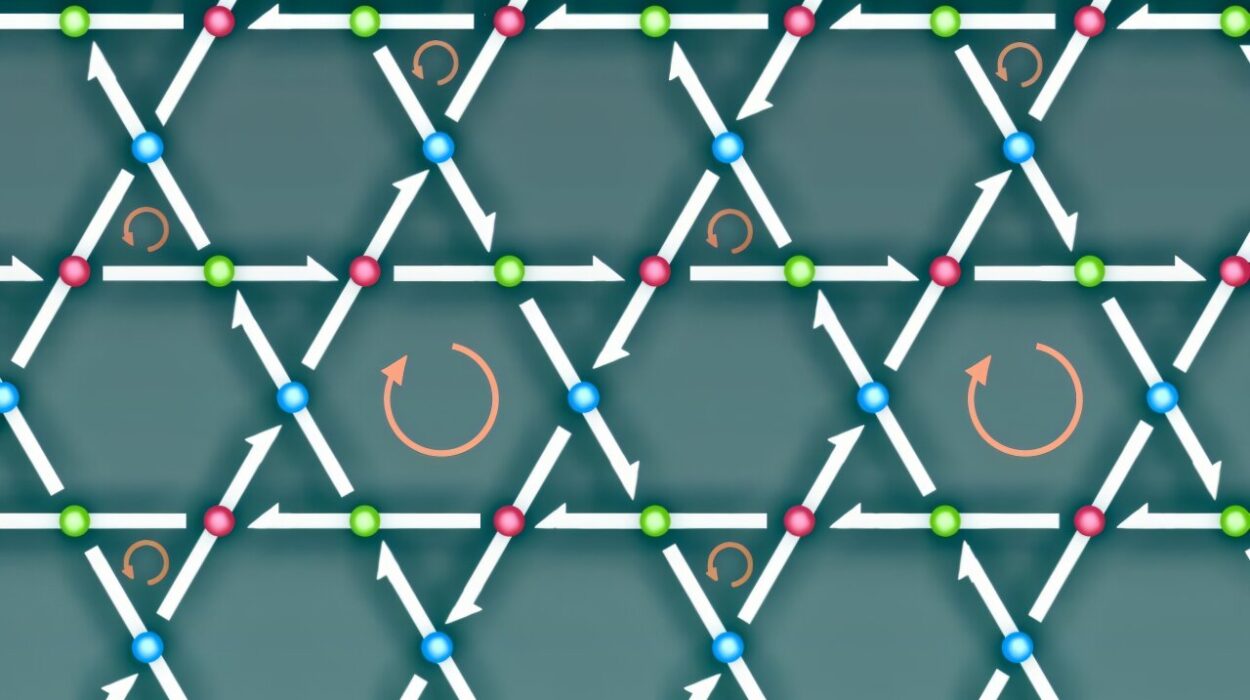In the realm of science, few symbols are as instantly recognizable as E=mc². Three letters and a superscripted number have come to represent not just a revolutionary insight into the nature of the universe but also a cultural touchstone. Scribbled on chalkboards, printed on T-shirts, referenced in pop culture, and whispered in hushed tones as if it were a spell, Einstein’s equation is perhaps the most famous scientific expression ever written. But what does it actually mean? Why does it matter so much? And how did such a simple formula alter the course of human history?
To understand the significance of E=mc², we must dive into a story that spans centuries, weaving together philosophy, physics, war, peace, the birth of stars, the death of atoms, and the relentless human desire to make sense of the cosmos. This is the story not just of an equation, but of an idea that shook the very foundations of reality.
Energy, Mass, and the Speed of Light
At its core, E=mc² is an equation about the fundamental relationship between mass and energy. The “E” stands for energy, “m” stands for mass, and “c” stands for the speed of light in a vacuum, which is approximately 299,792,458 meters per second. The equation reads: Energy equals mass times the speed of light squared. That last component—“c²”—is a gigantic number, emphasizing that even a tiny amount of mass can be converted into a tremendous amount of energy.
This was a staggering insight. Before Einstein, mass and energy were thought to be distinct and unrelated properties. Mass was what made up matter—rocks, trees, people. Energy was what made things happen—light, heat, motion. But Einstein showed that mass and energy are interchangeable; they are two sides of the same cosmic coin. Matter is just concentrated energy, and energy can, under the right conditions, become matter.
The Origins of a Revolutionary Idea
To grasp how Einstein arrived at this profound conclusion, we need to look back at the development of physics in the 19th and early 20th centuries. At the time, scientists were wrestling with inconsistencies between Newtonian mechanics and James Clerk Maxwell’s theory of electromagnetism. Maxwell’s equations suggested that light always travels at the same speed, regardless of the observer’s motion—something that didn’t fit well with Newton’s laws.
Einstein resolved this tension in 1905 with his Special Theory of Relativity. One of the most radical implications of this theory was that time and space are not fixed, but relative. As observers move faster, time slows down, and lengths contract. From this startling revelation emerged the insight that energy and mass must be deeply linked. A body in motion has more energy, and thus, effectively, more mass. This equivalence led Einstein to propose the formula E=mc² as a corollary of special relativity.
A Universe Where Matter Can Become Light
Imagine you could take a small chunk of matter—say, a paperclip weighing one gram—and completely convert it into energy using the equation. The energy you’d get is E = (0.001 kg) × (299,792,458 m/s)², which equals roughly 90 trillion joules. That’s enough to power the entire city of New York for a few days. This is why the equation is so powerful. It tells us that the matter we see around us is essentially stored energy—vast reservoirs of potential waiting to be unlocked.
This energy conversion isn’t just theoretical. It happens every day in the heart of the sun. Through nuclear fusion, hydrogen atoms combine to form helium, releasing energy as a byproduct. A tiny bit of mass vanishes in the process, transformed into the radiant light and heat that make life on Earth possible. Without E=mc², stars would not shine, planets would not form, and biology as we know it could not exist.
From Physics to Bombs: The Moral Complexity of E=mc²
But E=mc² also has a darker side. When scientists realized that mass could be converted into energy, they began to explore ways to trigger this conversion deliberately. This led to the development of nuclear weapons, which unleash energy by splitting atoms (fission) or fusing them together (fusion). The atomic bomb dropped on Hiroshima in 1945 released energy equivalent to about 15 kilotons of TNT—most of which came from converting less than a gram of matter into pure energy.
Einstein himself did not work directly on the bomb, but he did co-sign a letter to President Franklin D. Roosevelt in 1939, warning that Nazi Germany might be developing such weapons. That letter helped initiate the Manhattan Project, which would forever alter the course of warfare and geopolitics.
The human cost of these weapons forced Einstein into deep moral reflection. He spent much of his later life advocating for nuclear disarmament and global peace. To him, E=mc² was a key to understanding the universe—not a tool for destruction. He once said, “The release of atomic power has changed everything except our way of thinking,” underscoring his belief that scientific progress must be matched by ethical responsibility.
Unlocking the Cosmos: The Astrophysical Power of E=mc²
Beyond bombs and stars, E=mc² is the foundation for understanding a wide range of cosmic phenomena. It explains how black holes can release torrents of energy as they consume matter. It tells us how neutron stars emit powerful X-rays. It even helps astronomers estimate the age and size of the universe.
When matter falls into a black hole’s event horizon, it gets accelerated to immense speeds. As it spirals inward, a portion of its mass is converted into energy and emitted as high-energy radiation. Similarly, in supernova explosions—the violent deaths of massive stars—huge amounts of mass vanish in an instant, transformed into the dazzling energy of the blast. These events can briefly outshine entire galaxies.
The same principle underpins much of modern cosmology. When we look at the cosmic microwave background—the faint afterglow of the Big Bang—we’re seeing the remnants of energy that once existed in a much denser, hotter form. In those early moments of the universe, matter and energy were one and the same. It was only as the cosmos expanded and cooled that particles acquired mass and the familiar structure of atoms emerged.
In the Laboratory and in Everyday Life
The practical applications of E=mc² go far beyond the cosmic or the catastrophic. In medical imaging, PET (positron emission tomography) scans rely on the annihilation of electrons and positrons, which converts their mass into gamma-ray energy, allowing doctors to see inside the human body. In particle accelerators, scientists use the equation to convert kinetic energy into new particles, revealing the fundamental building blocks of nature.
Even the GPS systems in your smartphone depend on relativity. As satellites orbit Earth, their clocks tick at slightly different rates due to both their speed and the gravitational field. If we ignored these relativistic effects—even the tiny ones derived from Einstein’s work—our navigation systems would quickly become wildly inaccurate.
These examples show that E=mc² is not just a scientific abstraction; it’s part of the fabric of our technological world. It sits quietly behind the scenes, enabling innovations and insights that touch every part of modern life.
A Philosophical Revolution
Einstein’s equation also changed how we think about reality. It challenged the old mechanical view of the universe as a collection of inert objects governed by absolute laws. Instead, it revealed a dynamic world where space and time bend, where matter can vanish into energy, and where nothing is truly separate from the rest of the cosmos.
This shift had profound implications not just for science, but for philosophy and culture. It invited questions about the nature of existence, the limits of knowledge, and the role of the observer. In a very real sense, E=mc² helped usher in the modern era of physics, where the boundaries between theory and observation, between mind and matter, are more fluid than ever before.
Einstein himself was keenly aware of these implications. He believed that science and spirituality were not enemies but complementary paths to understanding the mystery of existence. “The most beautiful thing we can experience is the mysterious,” he wrote. “It is the source of all true art and science.”
A Legacy That Endures
More than a century after Einstein first published the equation, E=mc² remains a cornerstone of physics. It’s taught in high school classrooms, explored in university laboratories, and invoked in conversations about everything from time travel to climate change. Its elegance lies in its simplicity, but its power lies in its depth.
We now understand that energy and mass are threads woven into the same cosmic fabric. We’ve built machines that can probe this relationship, split it, harness it. We’ve seen the light of distant stars born in nuclear fire, and we’ve stood in the shadows of mushroom clouds created by human hands. All because of a few simple symbols, placed in just the right order.
Conclusion: Why E=mc² Still Matters
E=mc² matters because it teaches us that reality is more interconnected than we ever imagined. It bridges the microcosm and the macrocosm, the nuclear and the celestial. It reminds us that even the smallest thing contains the potential for immense transformation. It invites us to look at the world—not as a static collection of objects, but as a dance of energy and form, ever shifting, ever becoming.
It is a scientific formula, yes—but also a philosophical statement, a moral dilemma, a technological key, and a poetic glimpse into the heart of existence. In those five characters, Einstein gave us more than just an equation. He gave us a way to see the universe anew.
And that is why E=mc² still matters.
